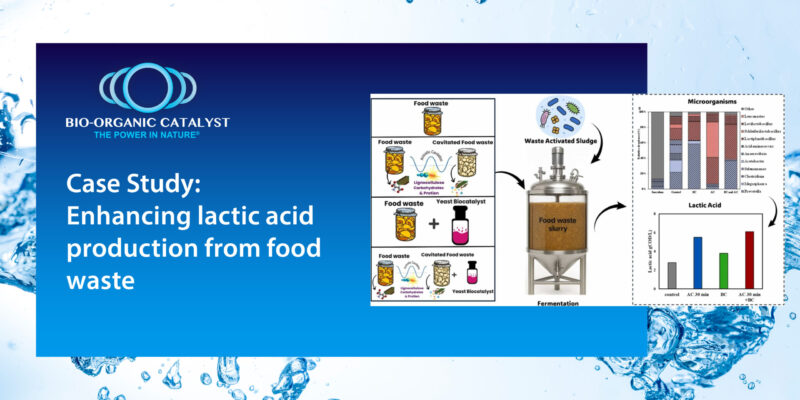Check out his interview from The Worlds Times, …
Mitigating Biofouling, A Technical Analysis
A recent study compared five filtration units to see how Bio Catalyst technology could improve system performance. The goal was simple: find out if adding a Bio Catalyst could help filters run cleaner and more efficiently.
All five units operated under the same conditions, but only Unit 3 received a Bio Catalyst dosage. The other four units ran normally as a control group.
The key measure was differential pressure (DP)—a sign of how clean or clogged a filter is.
• High DP = filters are getting blocked
• Causes = buildup of biological slime (biofouling) or mineral scaling
The difference was clear. Unit 3, treated with the Bio Catalyst, showed lower and more stable DP levels than the untreated filters. This means the Bio Catalyst didn’t just clean the filter—it helped prevent fouling and scaling from happening in the first place.
For engineers and plant operators, the benefits are big:
• Less downtime: Cleaner filters mean fewer clogs and maintenance calls.
• Lower costs: Better efficiency reduces energy use and extends filter life.
• Consistent water quality: Stable DP keeps operations smooth and predictable.
The results also make a strong case for scaling the Bio Catalyst treatment across all filtration units to boost system-wide performance.
This study proves that Bio Catalyst technology delivers real, measurable results. By improving filter efficiency and reducing buildup, it helps operations run cleaner, longer, and at lower cost—making it a smart investment for modern water treatment systems.
Download the full report: Mitigating Biofouling: A Technical Analysis
Report by: Bio Catalyst Middle East



